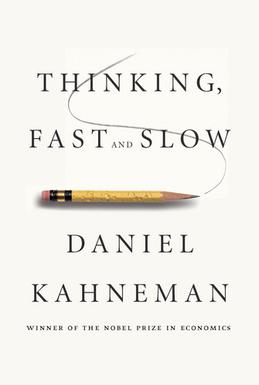 Have you read the book Thinking, Fast and Slow? Getting asked that occasionally I did little more that watch a video of it from AsapSCIENCE), so that I could nod vaguely as the person who asked me talked about it. Picking it up more than a couple of years after its release I made my way through it all, pausing frequently. Pausing because it’s information dense and I needed to process what I was reading. And as I processed, it made me think about what it means for how I teach and coach people.
Have you read the book Thinking, Fast and Slow? Getting asked that occasionally I did little more that watch a video of it from AsapSCIENCE), so that I could nod vaguely as the person who asked me talked about it. Picking it up more than a couple of years after its release I made my way through it all, pausing frequently. Pausing because it’s information dense and I needed to process what I was reading. And as I processed, it made me think about what it means for how I teach and coach people.
Instead of explaining the book, I’m writing up what I think the consequences are of the different heuristics and biases for aspects like: user interviews and research, classroom setup and teaching, outcomes of software releases, organizational change, planning and estimation, shared understanding and more. While I could attempt to overwhelm you with all the information in one blog post, I’d like to turn this into a series. I am hoping that doing it this way will invite more conversation, rather than stuffing them all into one enormous post that you’ll scan and mostly ignore.
Have you read the book? What do you think about it? What consequences have you detected for the way you behave, or for those around you?
If you haven’t read the book and wonder if you should, there are many reviews of the book, and I can suggest How to Dispel Your Illusions by Freeman Dyson. If you don’t have that kind of time but want to nod along in a knowing way, here’s the video I mentioned:
7 Responses to Consequences of Thinking, Fast and Slow – Blog Series